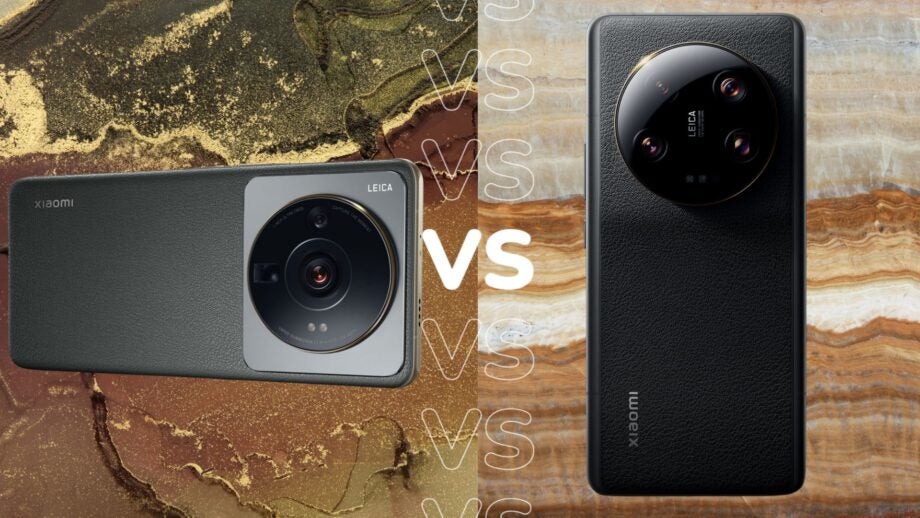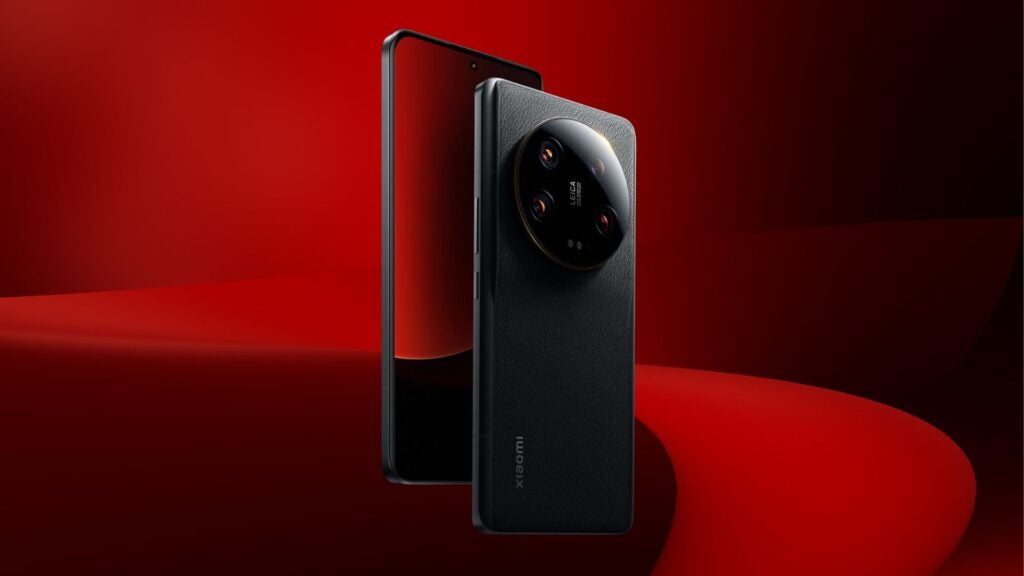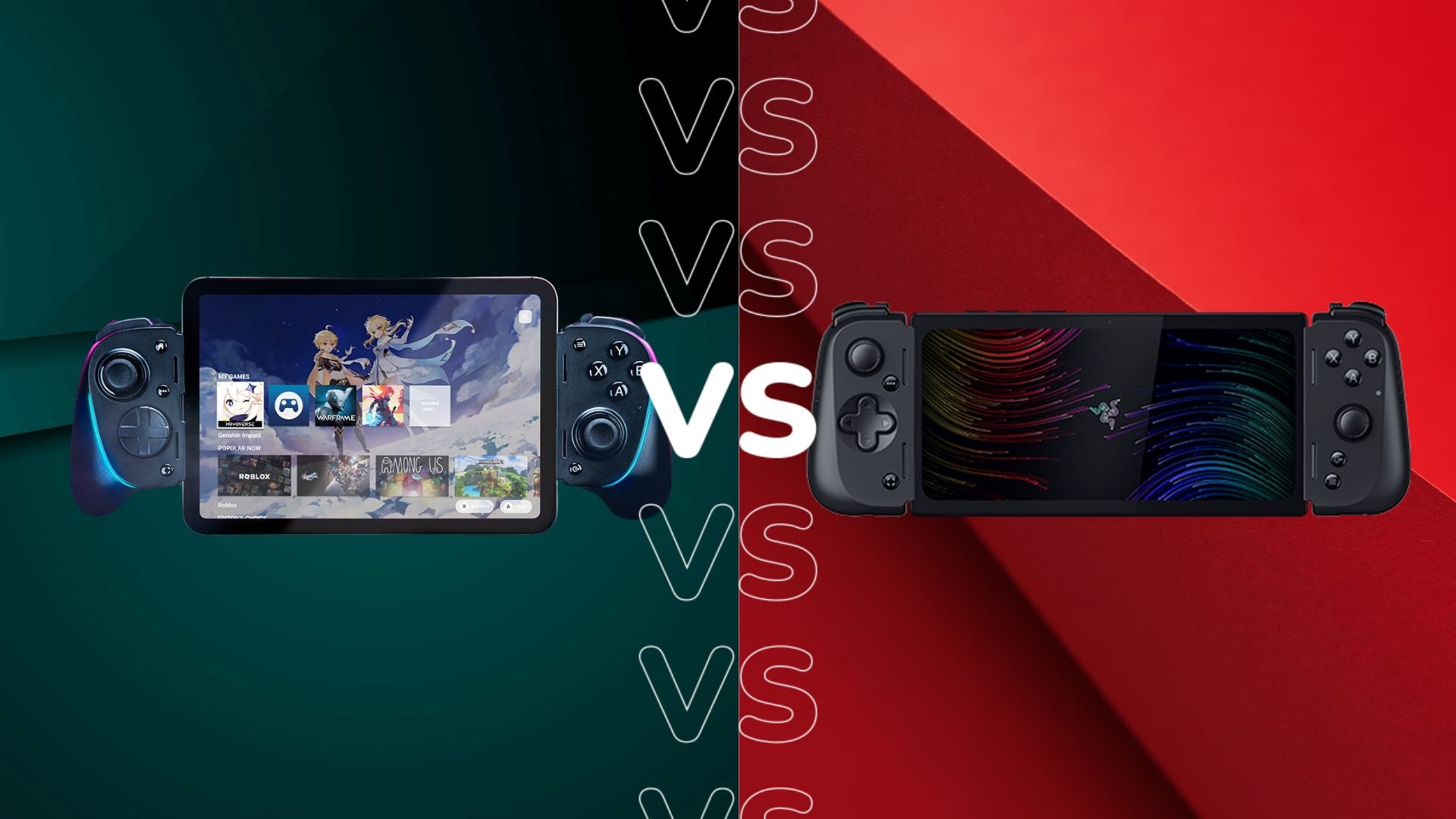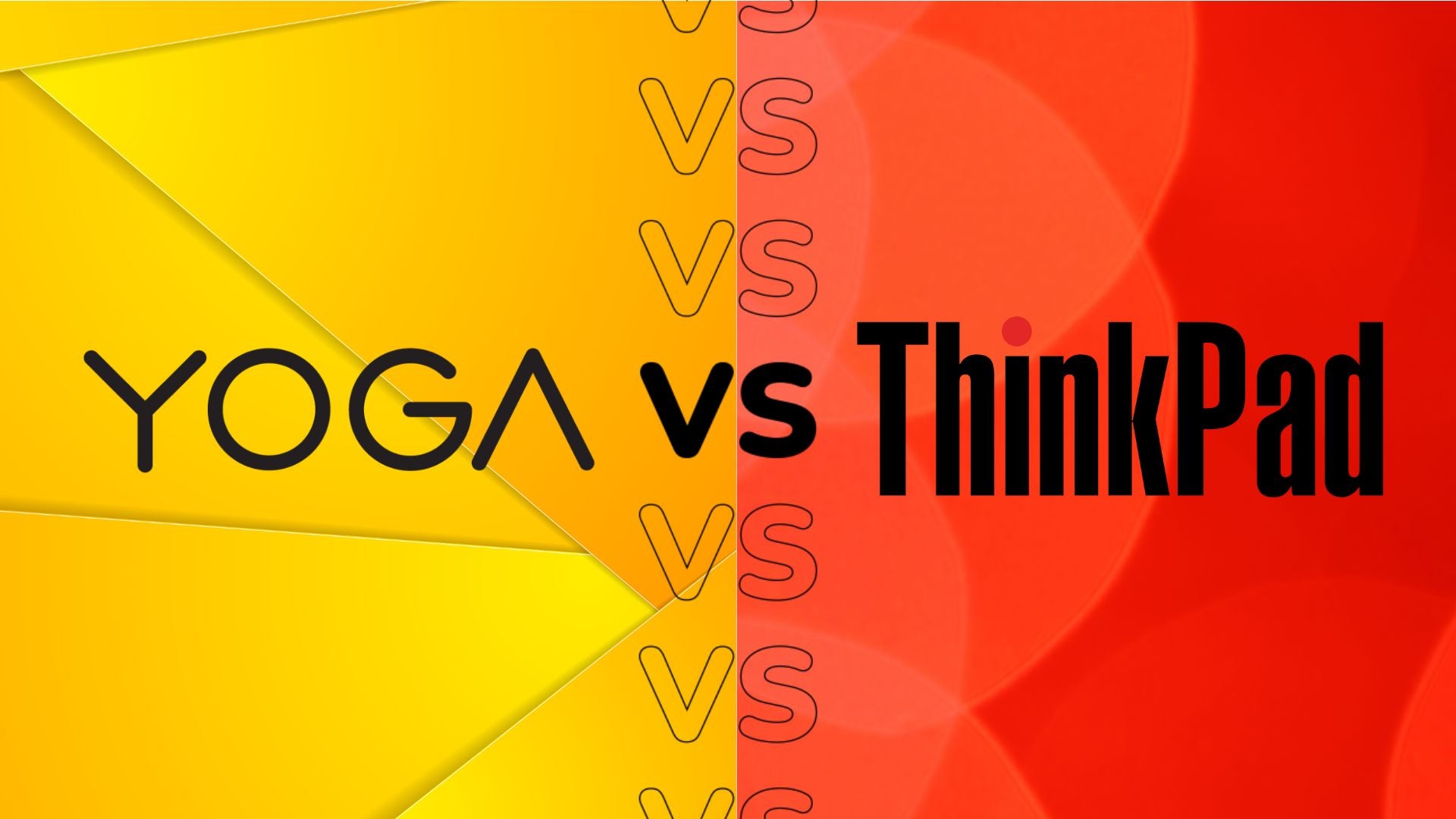Xiaomi 13 Ultra vs Xiaomi 12S Ultra: Which Ultra is worth it?

With the announcement of the new top-end Xiaomi 13 Ultra, we wanted to look back at previous Xiaomi handsets to see which model is right for you.
Xiaomi has finally announced the ultra-premium 13 Ultra handset, which features the latest Snapdragon 8 Gen 2 chipset and improved fast charging technology. In light of this latest release, we wanted to take a closer look at how this phone stacks up against another Xiaomi device, the 12S Ultra.
Read on to find out everything you need to know about these handsets, including some of their key differences and similarities.
Snapdragon 8+ Gen 1 vs Snapdragon 8 Gen 2
The Xiaomi 13 Ultra comes with the latest Snapdragon 8 Gen 2 chipset. This chip provides a 4.35x uptick in AI performance alongside a 35% improvement in CPU performance and a 25% gain for the GPU. This should provide a smooth experience and allow users to engage in intensive workloads, such as gaming or photo and video editing, as is the case with other 8 Gen 2-equipped smartphones.

The Xiamoi 12S Ultra uses the slightly older Snapdragon 8+ Gen 1 due to its earlier release date. This chipset is nothing to sniff at, but it won’t have the same upgraded capabilities as its newer sibling. Qualcomm added the most advanced AI Engine yet to the Snapdragon 8 Gen 2 as well as smarter camera capabilities, making it the superior chip out of the two.
Four 50-megapixel cameras on the Xiaomi 13 Ultra
The Xiaomi 12S Ultra packs a worthy camera array, including a 50-megapixel main wide-angle lens with a 1-inch sensor, a 48MP ultra-wide sensor and a 48MP telephoto sensor. Xiaomi claims that these sensors have a 72% uptick in maximum light intake compared to its predecessor. The 48MP telephoto lens features OIS optic stabilisation to ensure that long-distance shots are captured with high detail.
The latest Xiaomi 13 Ultra opted for a 50MP main wide-angle camera, also with a 1-inch sensor, along with a 50MP telephoto sensor, a 50MP ultra-wide camera and a 50MP super-telephoto sensor. This quad-camera system seems to cover all bases, with Xiaomi claiming that it has been designed for street photographers.
The main camera can take pictures in 0.8 seconds and, with variable aperture, the main lens can switch between f/1.6 and f/4.0 on the fly. The newly added “Custom Photography Styles” allow photographers to adjust the contrast and dynamic range, white balance and certain hue for even more control.
5,000mAh battery on the Xiaomi 13 Ultra
The Xiaomi 13 Ultra comes with a large 5,000mAh battery with support for 90W wired turbocharging and 50W wireless turbocharging. It also has support for reverse wireless charging, meaning that the phone can be used to charge other supported devices, like a smartwatch or tablet.

The Xiaomi 12S Ultra features a 4860mAh battery with support for 67W wired fast charging and 50W wireless turbocharging. Xiaomi claims that the 67W turbocharging can charge the phone up to 100% in just 41 minutes, with the 50W charging solution taking a smidge longer at 52 minutes.
Both phones feature an AMOLED display
The Xiaomi 13 Ultra packs an impressive 6.73-inch AMOLED display with a 3200×1440 resolution and 120Hz adaptive refresh rate. It can jump from 1Hz to 120Hz depending on the workload, with the lower refresh rate helping to preserve the battery and the top refresh rate providing smooth scrolling and navigation between apps.
Xiaomi also claims that this handset has a peak brightness of 2600 nits, with Dolby Vision and HDR10+ being supported, too. These specs should come together to provide crisp imagery, with the AMOLED screen giving vivid picture quality while consuming less battery.
The Xiaomi 12S Ultra boasts a 6.73-inch WQHD+ display with the same 3200×1440 resolution. It has a lower peak brightness of 1500 nits but does feature the same 120Hz adaptive refresh rate. Both handsets feature very similar displays, making them both great contenders for anyone wanting to watch binge-watch their favourite shows.








